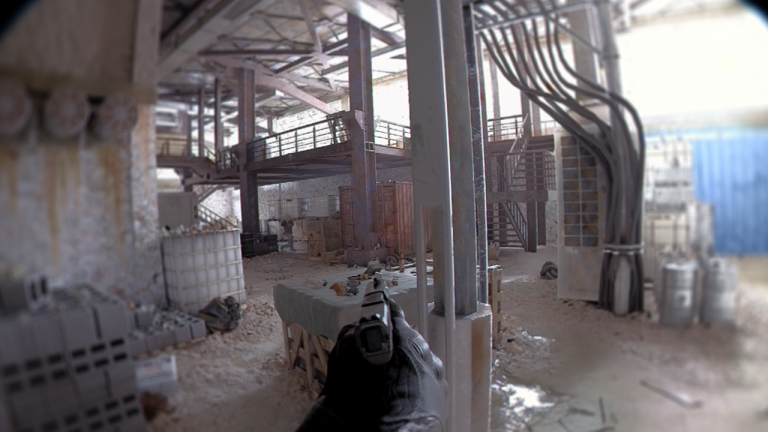So, Intel has lifted the lid on its radical Lunar Lake mobile CPU and it’s an awful lot to absorb. It’s new across the board. New CPU cores, new graphics architecture, a new approach to both the internal fabric of the chip and its multi-die construction, a new external foundry node, just new everything. And true to Intel’s current mojo in general, Lunar Lake is a fascinating mix of wonderful, weird, worrisome and, well, whatever.
The wonderful bits start with the new E-cores, which Intel says are roughly on par with the full P-cores in today’s Raptor Lake desktop CPU for performance per clock. To get the full performance from those new Skymont E-cores, they’ll need to be fully integrated into the CPU’s high-performance fabric, which isn’t the case with this new processor (but will be for future desktop CPUs using Skymont cores).
In Lunar Lake, they’re separated off into a so-called low-power island in the name of efficiency and therefore have less cache than they otherwise would and less optimal access to the available high-level cache. But you’re still looking at a major step over the E cores in any other Intel CPU.
Indeed, Intel reckons Lunar Lake is designed to get pretty much everything done while running on battery power on those E-cores. The P-cores will rarely, if ever get fired up while on battery.
The P-cores in Lunar Lake, known as Lion Cove, also get a healthy IPC boost. All told, the result is that Intel claims that a Lunar Lake processor with four E-cores and four P-cores outperforms Intel’s current Meteor Lake laptop CPU with 10 E-cores and six P-cores.
Put another way, that’s eight Lunar Lake threads beating 22 Meteor Lake threads. The thread count gap is partly down to Intel dropping HyperThreading for Lunar Lake’s P cores. Impressive, however you look at it.
(Image credit: Future)
(Image credit: Future)
(Image credit: Future)
(Image credit: Intel)
Another potentially wonderful element is the new Battlemage iGPU, which carries over the eight execution unit count from Meteor Lake, but still increases performance by around 50% thanks to a major redesign.
Alternatively, Lunar Lake can match the gaming performance of Meteor Lake while using roughly 35 to 40% less power. Take it all together and Lunar Lake has the makings of one heck of a handheld gaming PC chip. If anything, it looks even more promising than AMD’s new Strix Point, which looks quick but has us worried about power consumption.
Moreover, Intel has put arguably more effort into this chip to reduce power consumption than ever before: The E-cores have been separated entirely from the P-cores, the internal fabric and layout of the chip are radically different to previous Intel designs, the tile count has been reduced over Meteor Lake, the memory has been moved on to the package. Well, you get the idea.
So, this is Intel’s best effort. It also bodes well for the future. We can’t wait to see these new cores on the desktop and the same goes for the Battlemage GPU architecture. It can’t come soon enough in discrete desktop format.
As for the weird and worrisome, let’s start with manufacturing tech. The compute tile in Lunar Lake is based on TSMC N3B. That obviously doesn’t say much positive about Intel’s internal process nodes.
Spot the on-package DDR5… (Image credit: Future)
Soon after he arrived back at Intel as CEO, Pat Gelsinger set what he claimed was a bold target of five new nodes from Intel in four years. Well, we’re pretty much three years in, Lunar Lake won’t be on sale for a few months yet and somehow no Intel node’s good enough for this chip.
The choice of N3B itself is arguably a little weird, too. So far, only Apple has used TSMC’s N3B node. The yields and costs of N3B have been pretty crummy, reportedly, so everyone else is waiting for the cheaper, better-yielding N3E node from TSMC.
Indeed, the latest scuttlebutt is that Apple can’t get out of N3B fast enough, which is why its new M4 chip on N3E came out so quickly after the N3B-based M3 series and why several Apple products are going to skip the M3 line entirely. The N3B-based Apple M3 chips also disappointed for performance and efficiency, relatively speaking, while the new M4 on N3E looks like a killer. Fair to say, N3B hasn’t been TSMC’s finest hour.
The timing and market positioning of Lunar Lake feels a little irregular, too. The Meteor Lake family of laptop chips really only became available in proper volumes earlier this year, and already Intel is rolling out a totally new laptop chip.
Of course, Lunar Lake isn’t a full family of laptop chips—it’s only covering a low-power niche. Maybe it’s Meteor Lake that’s the problem that Lunar Lake is fixing. But if Intel delivers on its roadmap, we’ll have yet another new mobile CPU family in Panther Lake before the end of next year. However you slice it, it all looks a little ad hoc and messy.
(Image credit: Jacob Ridley)
Catch up with Computex 2024: We’re on the ground at Taiwan’s biggest tech show to see what Nvidia, AMD, Intel, Asus, Gigabyte, MSI and more have to show.
It’s also a little worrisome that Intel didn’t show any detailed performance numbers for the new chip or any indications of clock speeds. For sure, this isn’t a product launch, so final specs may not quite be available. But the hard data was pretty thin on the ground.
If I had to speculate, I’d say Lunar Lake is being rushed out for two reasons. First, Meteor Lake may not have been as effective and efficient as Intel planned. It certainly wasn’t a huge step forward for performance or battery life.
Second, Meteor Lake doesn’t qualify for Microsoft’s Copilot+ AI PC definition, as its NPU isn’t powerful enough. Intel surely didn’t want to wait until Panther Lake late next year to have a Copilot+ AI product to go up against AMD’s Ryzen AI 300 chips and Qualcomm’s Snapdragon X Elite. So, Intel desperately needed a chip with a more powerful NPU.
And so we have Lunar Lake in all its wonderful weirdness. Honestly, I’m not sure if the design is a sign that innovation is still alive at Intel or proof that it still hasn’t got its house in order. Enough is going on to make a half-decent case for both arguments. But whatever you think about Intel’s new mobile chip, it’s certainly not boring.












